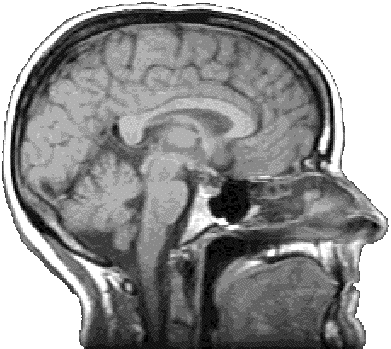
|
Project Overview
- Use non-invasive optical signals to image the brain to decode brain functions
Rationale
- Infrared and near-infrared lights can penetrate biological tissue
- Hemoglobin(Hb) molecules absorb near-infrared lights differently depending on whether they are oxygenated (oxy-Hb) or deoxygenated (deoxy-Hb)
- We can shine near-infrared lights into the brain and record the absorption spectra of Hb
- Brain activation is correlated with oxygen consumption in a localized area
- We can then use the optical signals from the brain to deduce which part of the brain is activated
Research Objectives
- Use non-invasive optical imaging to decode movement-related brain signals from motor cortex
- Use near-infrared signals to deduce oxygen consumption and oxygen delivery to brain regions
Specific Goals
- Decode oxy- and dexoxy-hemoglobin signals derived from near-infrared optical brain signals
- Decode the differential changes in oxy-Hb and deoxy-Hb signals correlated with brain functions
- Decode brain-derived movement signals optically to navigate robotic wheelchair
The Challenge
- How are changes in oxy-Hb and deoxy-Hb optical signals represent cognitive brain function?
- How to decode the optical signals from multiple optodes that represent different brain function?
- How to decode differential changes among multiple optodes to represent cognitive function?
|
